Technology Trends in Pest Control
Classical mouse traps weren’t efficient in trapping rodents and occasionally hurt rather than killed an animal.
Pest control has evolved from using only traps and sprays. Integrating various technologies into the pest control industry yielded new methods with improved efficiency.
Using technology allows a more targeted and practical approach. After analyzing the pest activity, movement patterns, and location, exterminators can directly treat the problematic areas while avoiding the excessive use of pesticides.
Electronic Rodent Bait Stations
Classical mouse traps weren’t efficient in trapping rodents and occasionally hurt rather than killed an animal. However, modern rodent bait stations have sensors that lock and electrocute the rodents within a trap. Some models have an app to notify the exterminators to dispose of the rodent and reset the station.
These bait stations don’t use chemicals and are efficient and more humane. They are also convenient and waste-free because one can use them multiple times.
Drones
Drones allow exterminators to inspect hard-to-reach areas like rooftops of houses and buildings. Using these units increases safety, mitigating the need to reach potentially dangerous spaces physically.
Integrated infrared technology lets the exterminators find the access points that pests use and identify small spaces where they might be hiding.
By equipping drones with pesticides, large areas, like crops, can be covered in half the time.
An additional bonus is that they lower carbon emissions by reducing the need for other vehicles and equipment.
Smart Pest Control Systems
Exterminators use smart technology to cover large spaces with strategically placed sensors to monitor pest movements and activity. Through detailed data analyses, they can find the most optimal places for setting traps, track their efficiency, and relocate them if needed.
Biological Pest Control
Biological pest control uses another organism, usually a natural enemy, to target and control the population of pest species. Some methods include modifying a predator species, introducing a competitor species, and introducing living or non-living pathogens.
Exterminators may also use biorational products, a non-toxic alternative to pesticides that are equally efficient in eliminating pests.
Biological pest control and biorational products minimize the adverse impact on human health and the environment.
Contact the Experts
Innovations have made it more efficient, safe, and humane to deal with pest control. Exterminators can now better pinpoint the issue and provide practical solutions. However, these new tech solutions aren’t available to the average homeowner. Call a professional exterminator to address pest issues and take full advantage of these advances.
Bed Bugs Arizona offers a free, in-home bed bug inspection and a one-year warranty on all bed bug services. No obligation. We specialize in apartment communities. Our fast, certified technicians provide the Bed Bug Pro-Treat Plus method of bed bug removal to Phoenix and surrounding cities in a 100-mile-plus radius, including Flagstaff, Globe, and Casa Grande. Veteran and senior discounts. Call now at (623) 451-0541.

